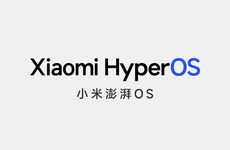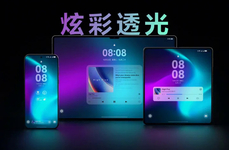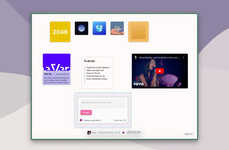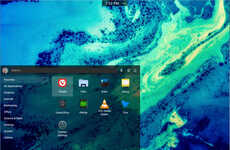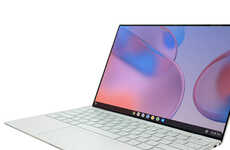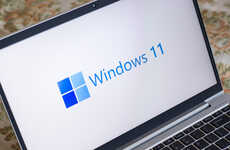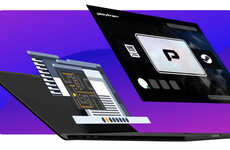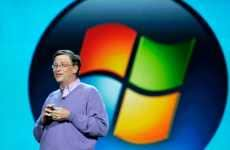
Microsoft Singularity
References: research.microsoft & engadget
Microsoft has finally lifted the curtain on its research-oriented Singularity OS that has been in development for half a decade. The operating system was unveiled at the TechFest 2008 research event in Redmond, and will be made available at no charge for academic and non-commercial use. The system is intended to test futuristic new concepts in application interaction, microkernel architecture,...
Rick Rashid, senior vice president of Microsoft Research said at the event, "Singularity is not the next Windows. It's a new system built from the ground up, with the specific goal of being more reliable. Think of it as a concept car: a prototype operating system designed from the ground up to test-drive a new paradigm for how operating systems and applications interact with one another. We are making it available to the community in the hope that it will enable researchers to try out new ideas quickly."
Rick Rashid, senior vice president of Microsoft Research said at the event, "Singularity is not the next Windows. It's a new system built from the ground up, with the specific goal of being more reliable. Think of it as a concept car: a prototype operating system designed from the ground up to test-drive a new paradigm for how operating systems and applications interact with one another. We are making it available to the community in the hope that it will enable researchers to try out new ideas quickly."
Trend Themes
1. Research-oriented OS - Disruptive innovation opportunity: Develop a research-oriented operating system that allows for the experimentation of futuristic application concepts and microkernel architecture.
2. Application Interaction - Disruptive innovation opportunity: Create a new paradigm for how operating systems and applications interact with each other, improving reliability and user experience.
3. Prototype OS - Disruptive innovation opportunity: Design a prototype operating system that serves as a testing ground for new ideas and concepts in OS development.
Industry Implications
1. Software Development - Disruptive innovation opportunity: Pioneer the development of research-oriented operating systems and revolutionize the way applications interact with operating systems.
2. Academic Institutions - Disruptive innovation opportunity: Embrace and utilize the research-oriented operating system to enable quick experimentation and implementation of new ideas in the academic setting.
3. Technology Research - Disruptive innovation opportunity: Utilize the prototype operating system as a platform for conducting research and testing cutting-edge ideas in microkernel architecture and application interaction.
2.2
Score
Popularity
Activity
Freshness

